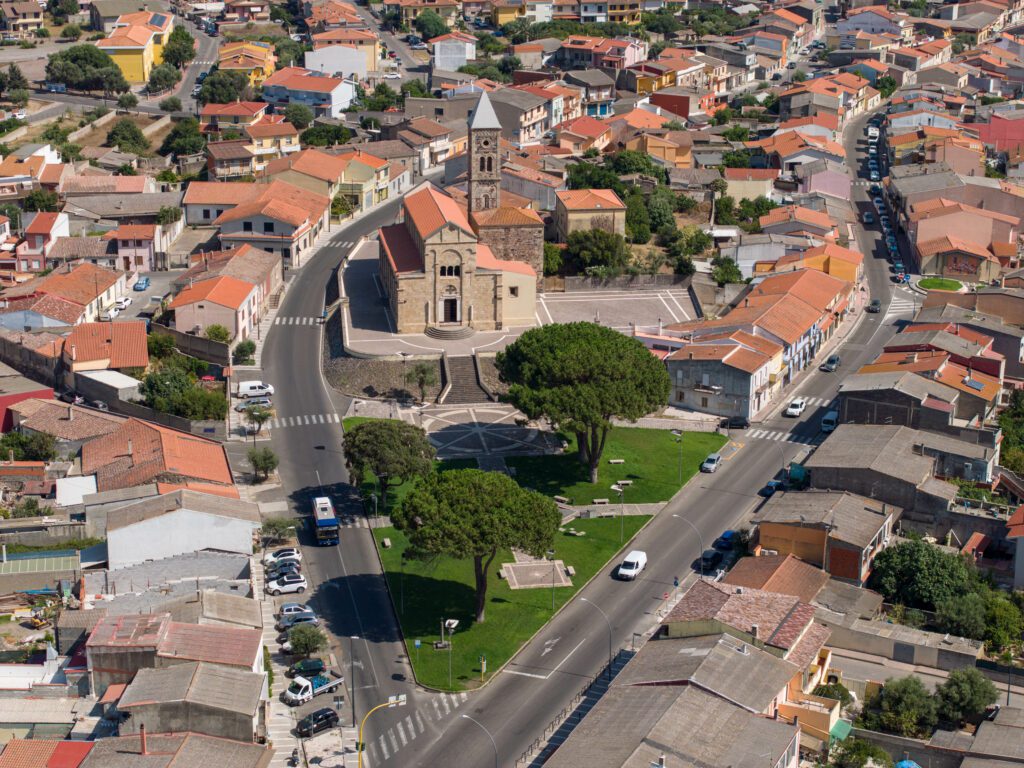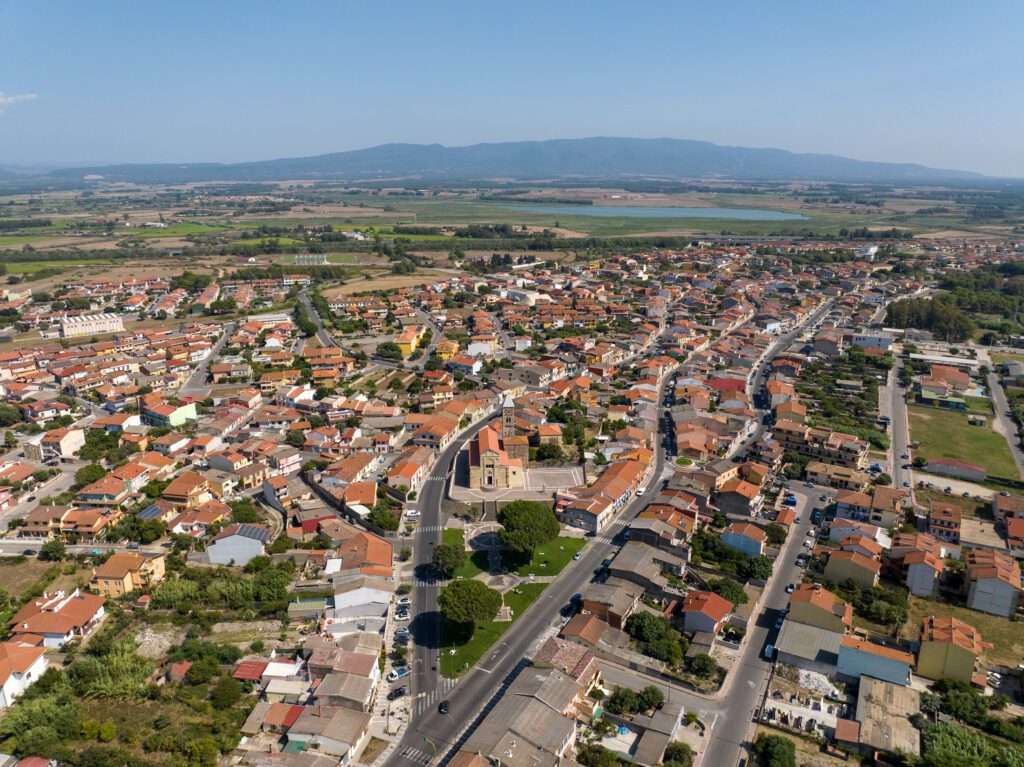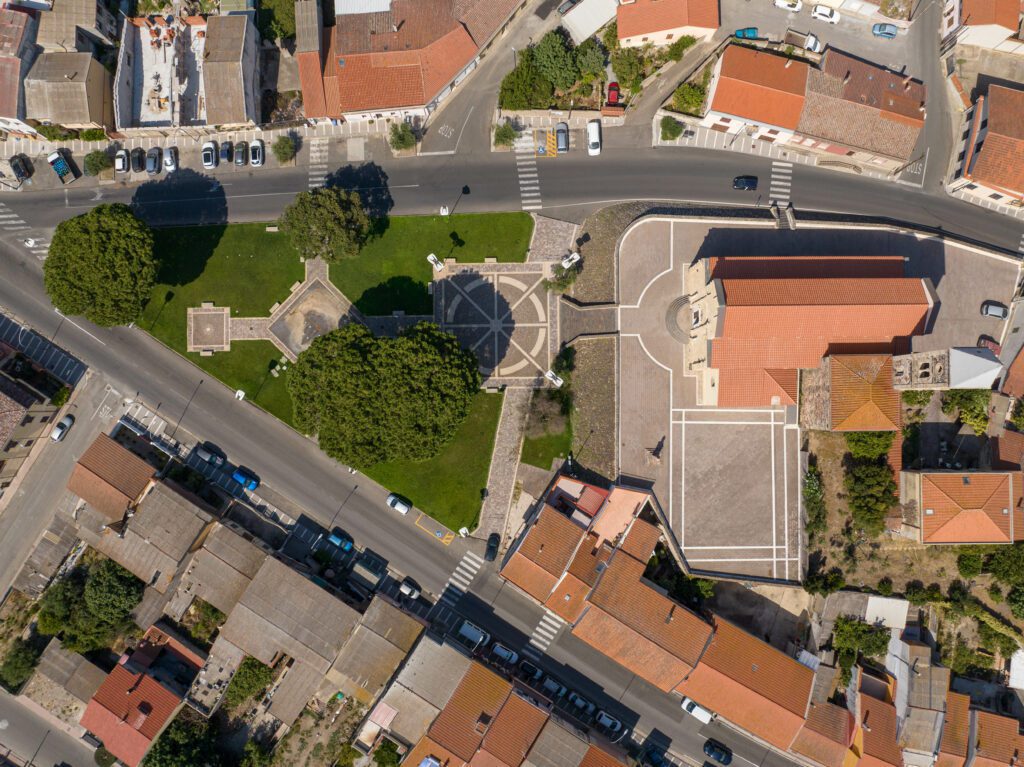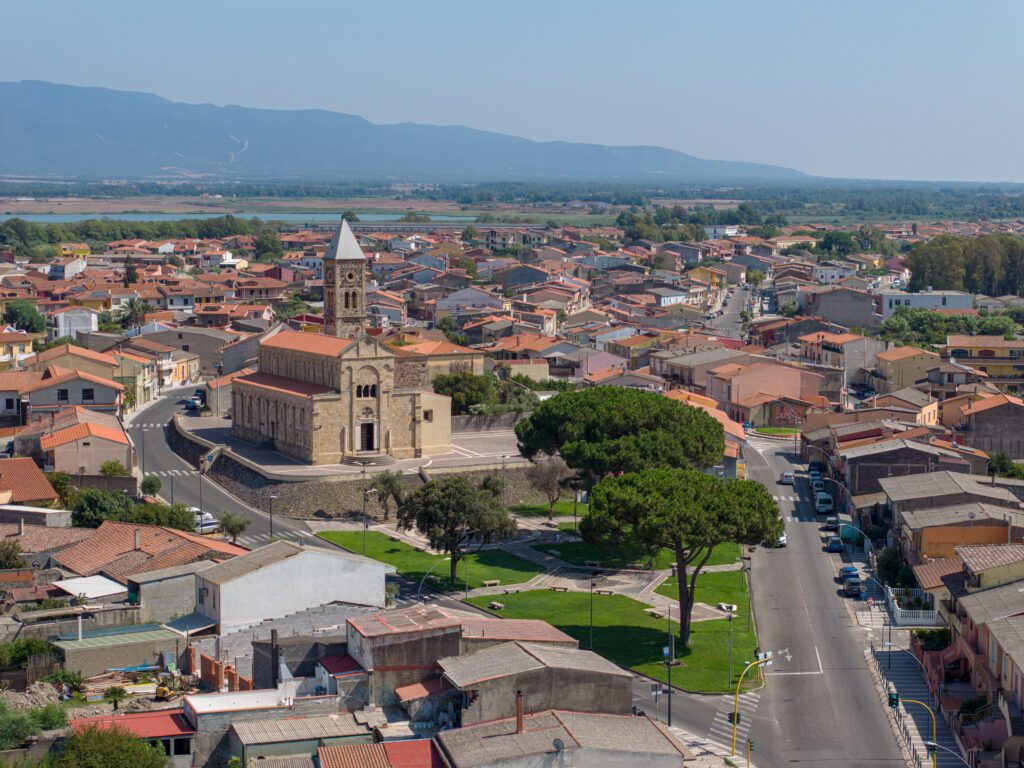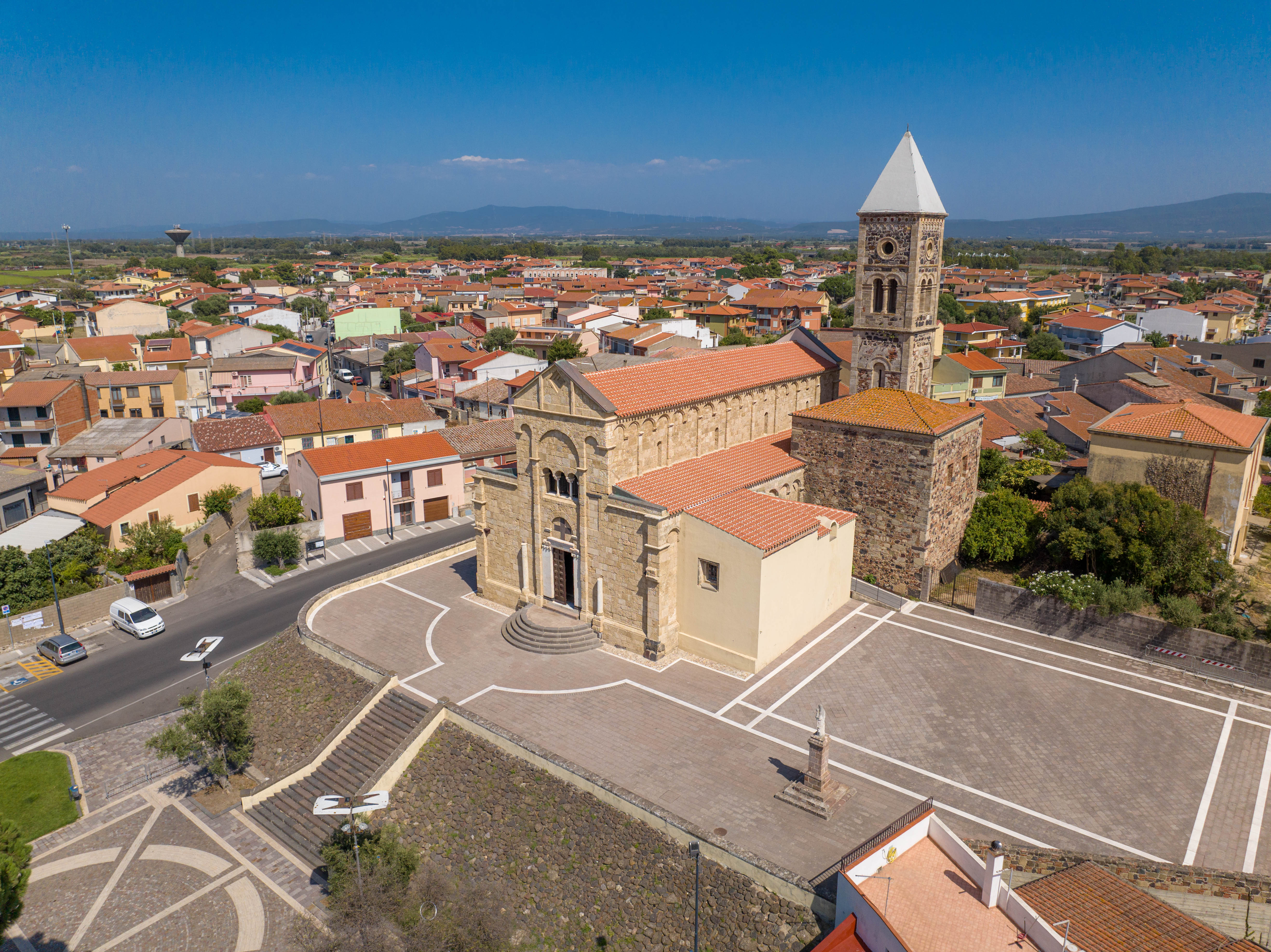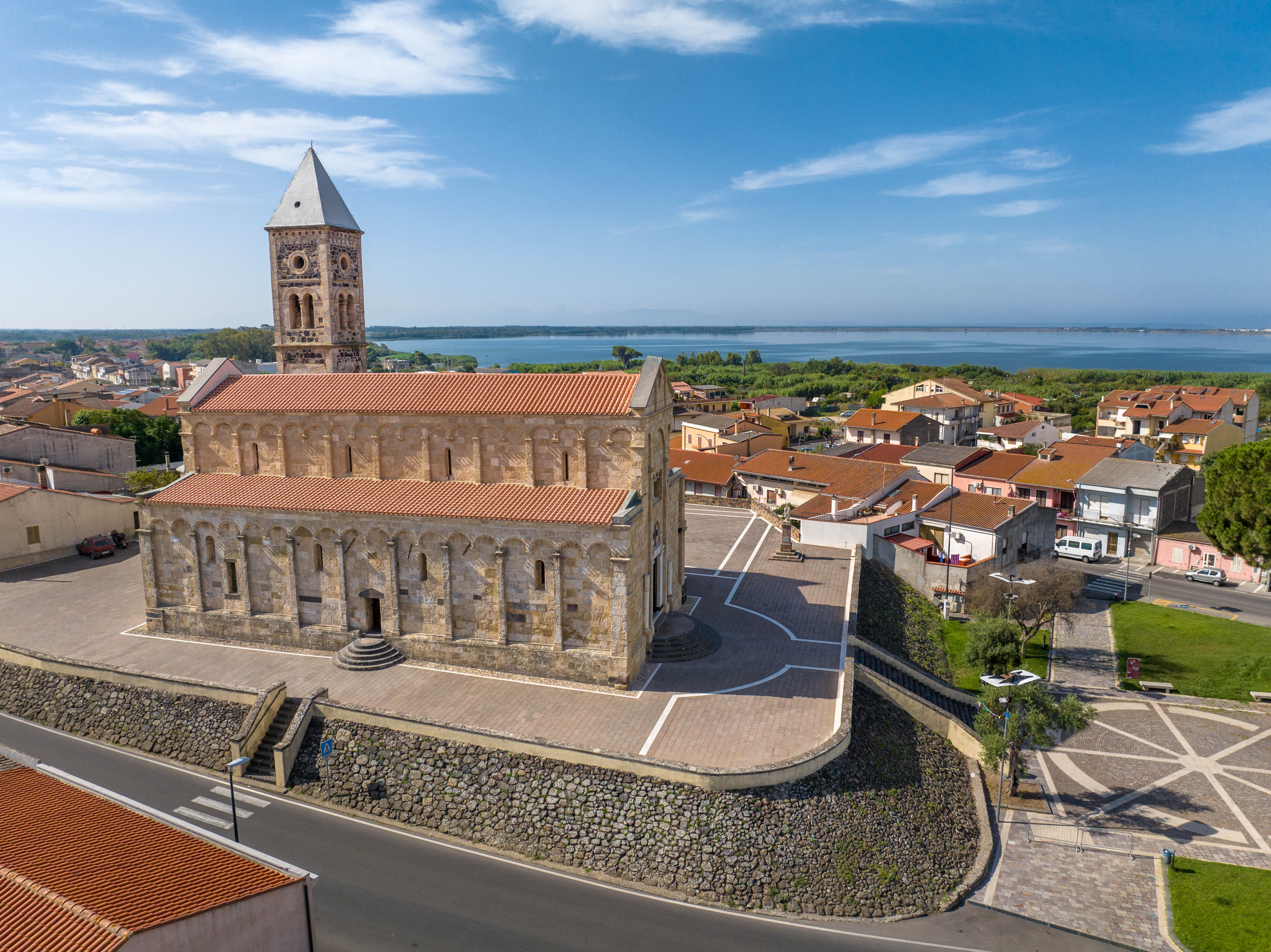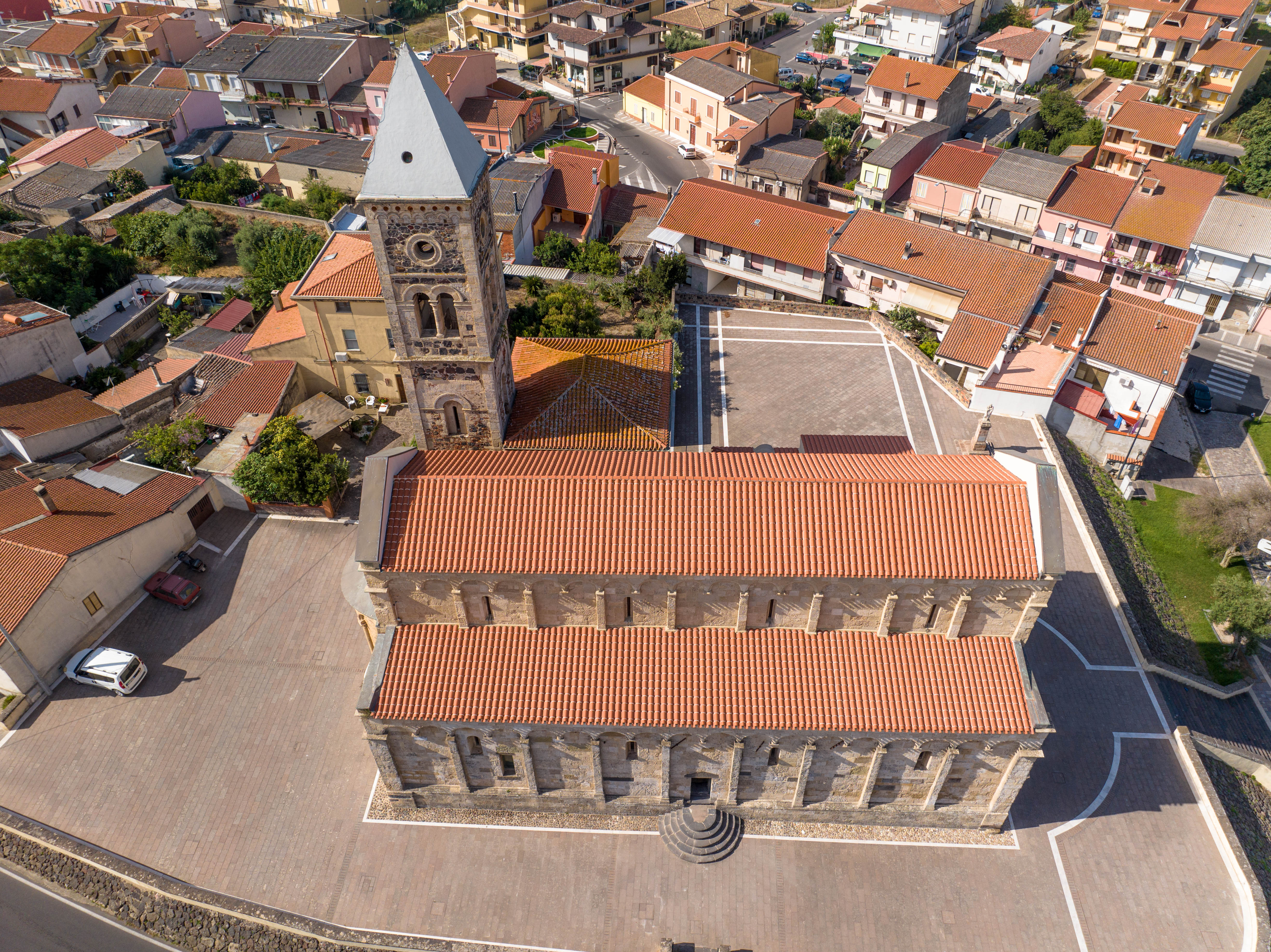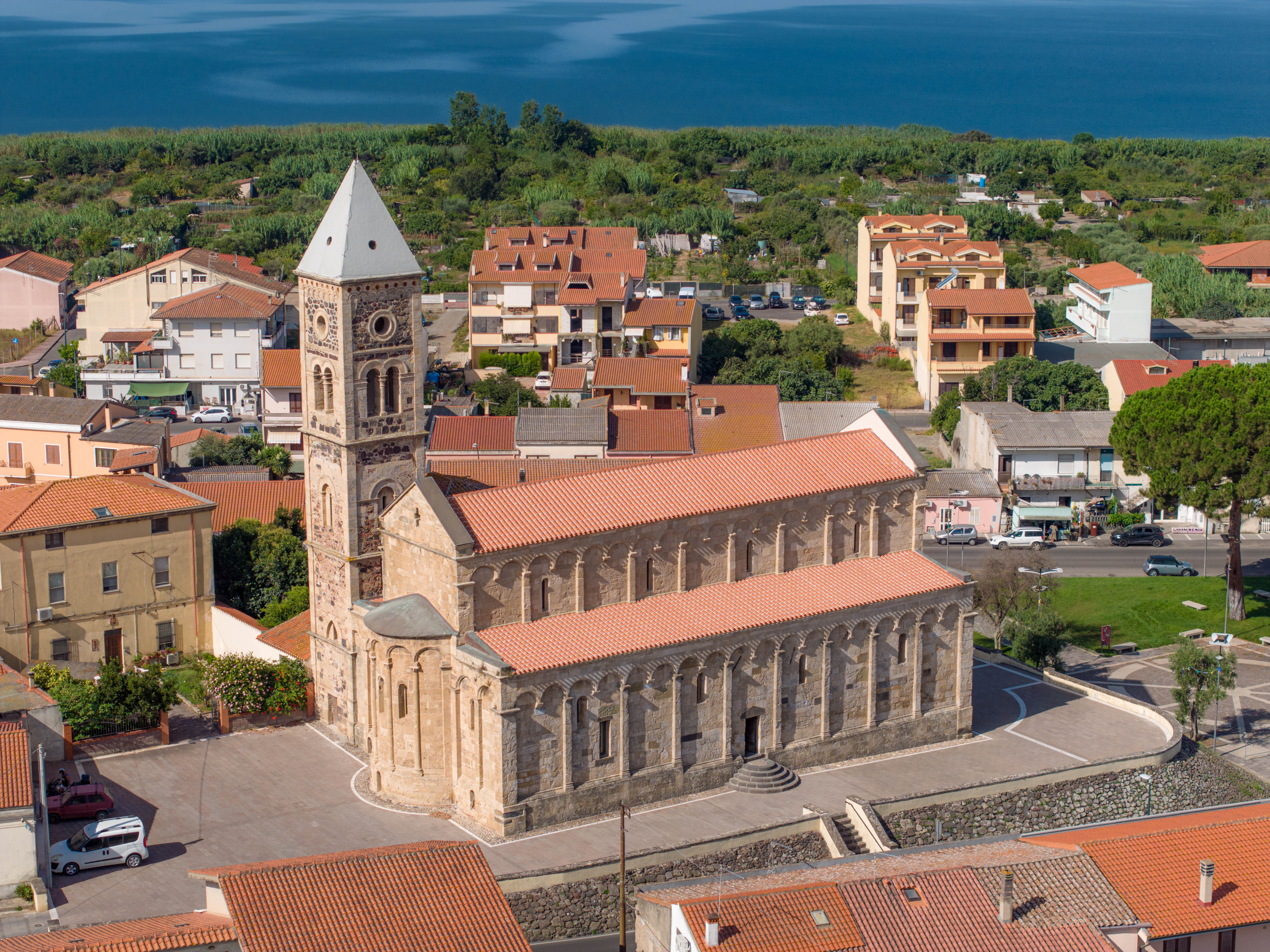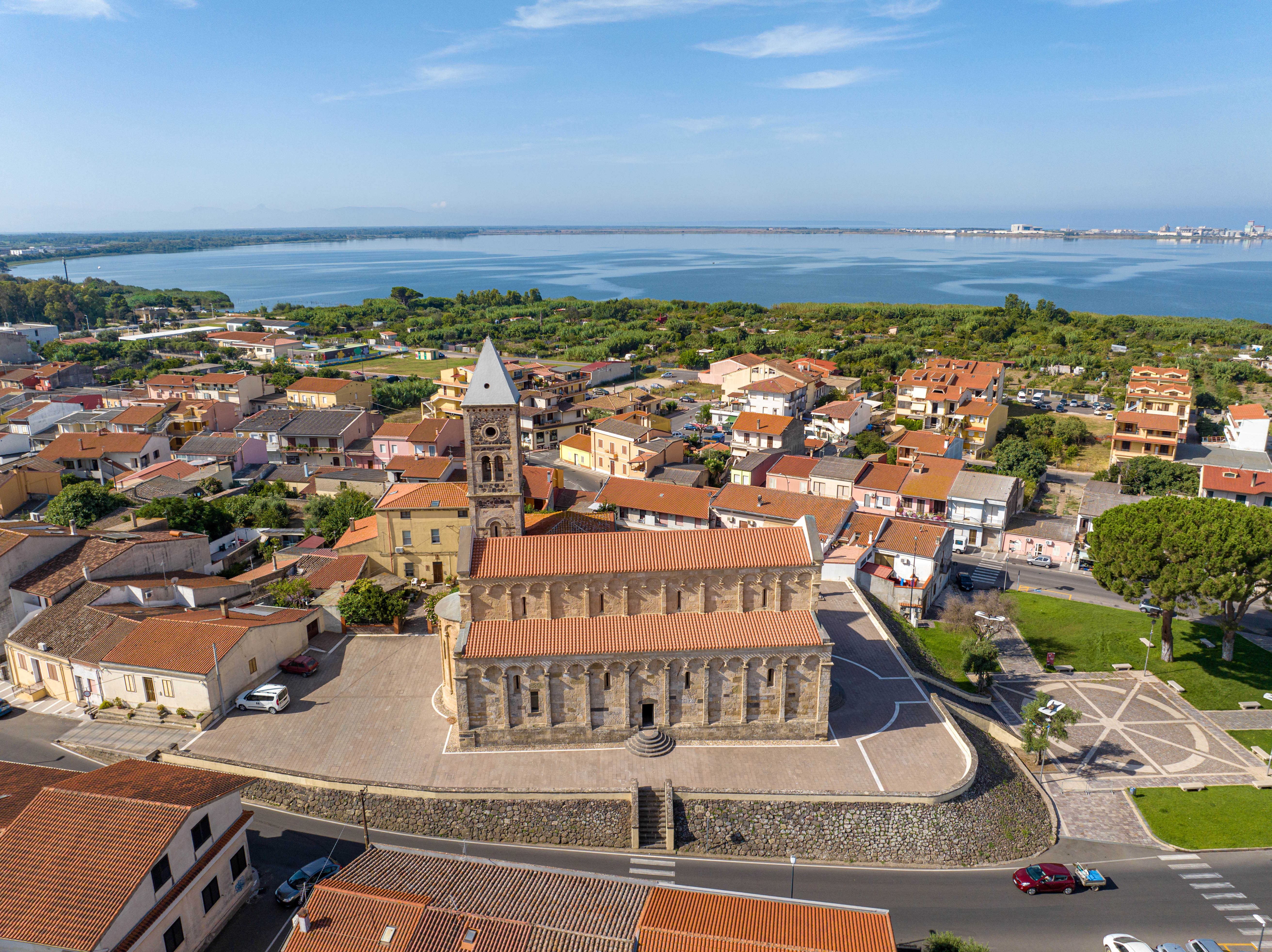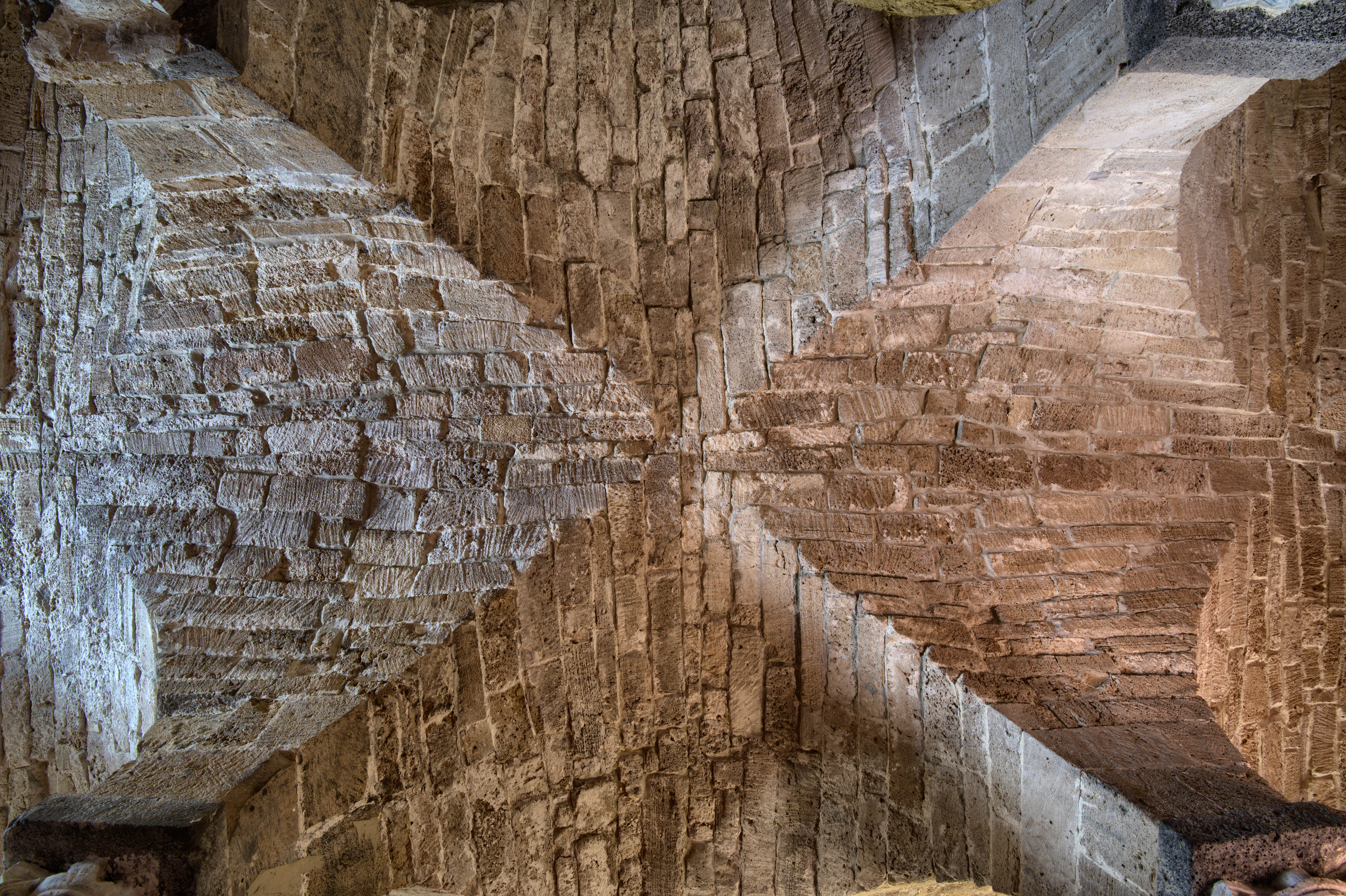Basilica di Santa Giusta
Basilica di Santa Giusta
The basilica of Santa Giusta represents one of the most significant examples of Romanesque architecture in Sardinia. Presumably built in the 12th century, the church is distinguished by the use of sandstone from the quarries of the Sinis peninsula. The façade, of considerable architectural interest, is characterised by a tripartition dominated by a large archway. The portal is embellished with two marble sculptures depicting a lion and a lioness in the act of assaulting two deer, elements of strong visual and symbolic impact. The composition of the façade is further enriched by a basalt cross, a triple lancet window and a rhombus-shaped opening. The interior of the church is divided into three naves, separated by columns all different from each other, made from reused materials from the Roman era. Under the presbytery is a crypt that holds the relics of Saint Justa. According to Alberto La Marmora, a 19th-century scholar, this place may have been the site of the saint's martyrdom, giving the building an even deeper historical and religious significance.

 ►
Explore 3D Space
►
Explore 3D Space
